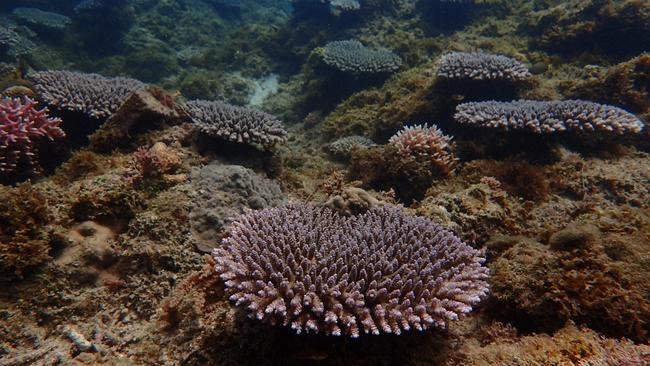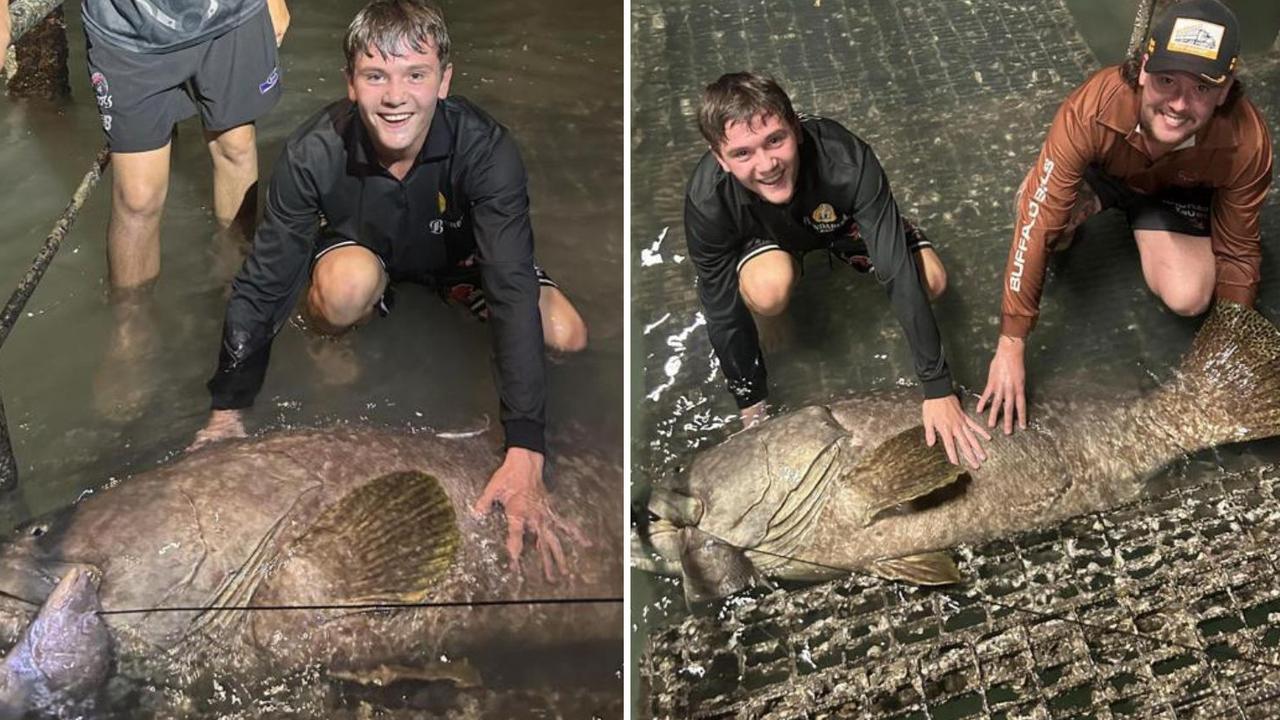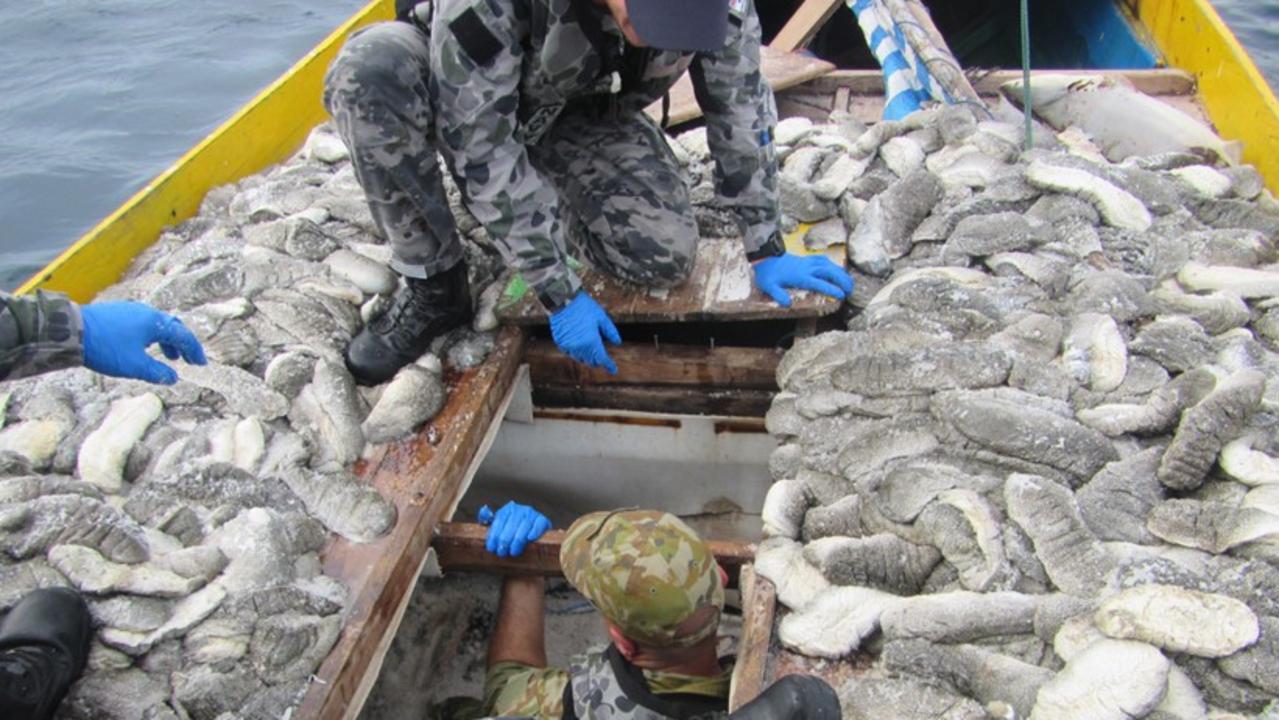Regrowing reef: corals say ‘I do’
BRIDES love it and coral could too

Fishing
Don't miss out on the headlines from Fishing. Followed categories will be added to My News.
BRIDES love it and coral could too.
Material used to make wedding veils is the key to combating “the international reef crisis”, a northern NSW coral researcher says.
And it all revolves around coral getting their kicks more easily.
In the past few years, Southern Cross University Professor Peter Harrison said he had bred and nurtured 1mm-long larvae to breeding corals roughly the size of dinner plates on reefs damaged by dynamite fishing in the Philippines.

Prof Harrison, who has been researching coral reproduction for 35 years, said his world-first breakthrough could restore marine environments around the world by helping coral have sex more effectively.
Experts warn coral bleaching may have killed up to half of all reef colonies on the Great Barrier Reef in the past two years, with former Australian Institute of Marine Science chief scientist Charlie Veron saying the impact was being felt in Gold Coast waters. Dr Veron fears fishing industries will fail worldwide as reefs die from the impact of global warming and ocean acidification.
Prof Harrison said coral spawns in clouds of eggs and sperm that float freely in the water currents, but many missed the reefs altogether. With $1.2 million from the Australian Centre for International Agricultural Research and a team of local researchers, Prof Harrison said he had managed to capture coral eggs and sperm and breed them in artificial tanks.
The resulting larvae is then placed on the dead or damaged reef and protected by building tents made of organza, the material used in wedding veils and dresses, to protect them from rough seas and being eaten by fish.


